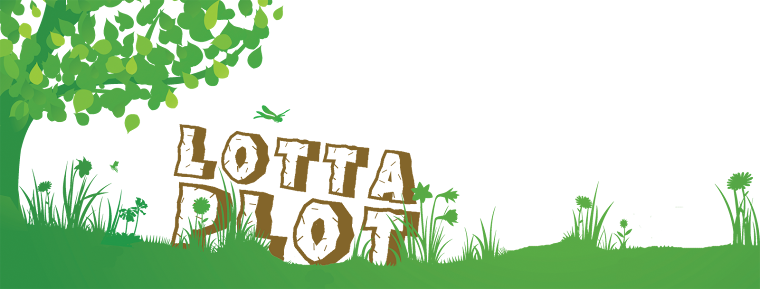But there is said to be 170 hectares of brownfield land in Stoke, with only 90 of that being judged to be future 'employment land' which (before the recession) was being used only at about 20 hectares per year (figures from the Local Development Framework, 2006). So let's say the city has a solid 80 hectares (nearly 200 acres) left of non-employment brownfield. Let's then, rather ambitiously, hope that by 2020 a generous 10 hectares (24 acres) of that will get taken for new housing.
So that leaves 70 hectares (172 acres) of non-employment and non-housing land.
Let's then very cautiously say that only half that 70 hectares is currently open and being naturally re-seeded and re-colonized by nature. So: potential space for 86 acres of new regenerated woodland in the city, even without actually having to dig out concrete surfaces or demolish and clear ruins to allow nature the freedom to grow.
The Woodland Trust Space for People report suggested that 157 hectares (387 acres) of new planting would be needed in Stoke-on-Trent, for every citizen to have urban woodland within 500 yards of their home. That's obviously an extreme eco-worrier position to take. But even if the political will were there, there obviously isn't that amount of space available.
Perhaps the current de facto "fence and forget" strategy is actually the best one for re-wilding the city. But... I wonder if a set of small additional nudges might help nature along in those spaces. Such as the installation of 'wildlife entrances', big enough for a mammal but nothing else, allowing wildlife access into fenced sites. The out-of-sight siting of small ponds in the centre of sites, and alongside each pond a few new oak saplings. Perhaps also some semi-turfed mounds of old tyres, to provide winter shelter. It wouldn't cost that much, could usefully absorb the labours of some unemployed youth and ex-squaddies, and could hasten the greening of the city over the next 20 years.
Above: unplanted new woodland growing up on the hillside behind the Burslem School of Art. There's also an artist's proposal for this space.

